Baldur's Gate 3: A Triumph of Choice, Chance, and PC Prowess Baldur's Gate 3 isn't just a game; it's a sprawling, reactive world built on the bones of Dungeons & Dragons 5th Edition, brought to life with stunning visuals and a dedication to player agency rarely seen in modern RPGs.
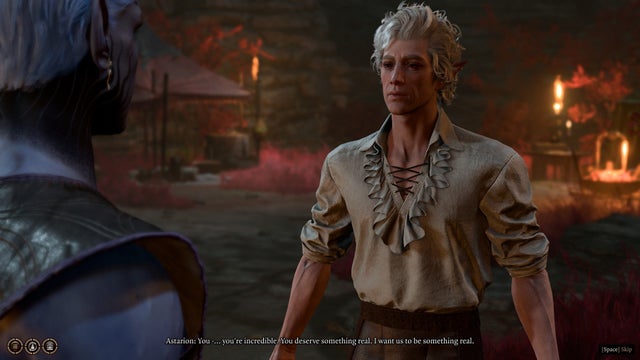
Baldur's Gate 3 isn't just a game; it's a sprawling, reactive world built on the bones of Dungeons & Dragons 5th Edition, brought to life with stunning visuals and a dedication to player agency rarely seen in modern RPGs. After countless hours spent navigating Faerûn, battling goblins, romancing vampires (more on that later), and wrestling with the consequences of my choices, I'm here to deliver my verdict for XenGamer.com. Prepare to dive deep into the dice rolls, the companions, the graphics, and the performance because this is one RPG experience you won't soon forget.
Gameplay & Mechanics: Dancing with Dice
At its heart, Baldur's Gate 3 is a game of chance and calculated risk. Every action, from persuading a guard to picking a lock, hinges on a virtual dice roll, modified by your character's skills, attributes, and situational advantages or disadvantages. This core mechanic can be both exhilarating and frustrating, but ultimately, it adds a layer of unpredictable realism that keeps you on your toes.
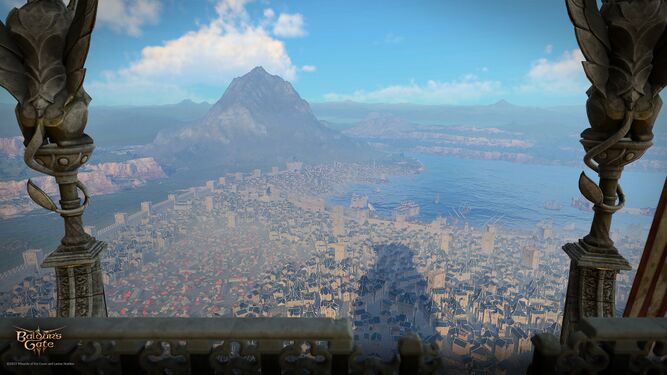
Take, for example, Astarion's silver tongue. His proficiency in Persuasion can often sway dialogue, but without a decent roll, even his charm falls flat. Remember that time I attempted to pickpocket a particularly rare gem from a merchant in the Emerald Grove? My Wood Elf Rogue, with her Sleight of Hand expertise, still fumbled the roll and ended up in a tense standoff. Combat is equally reliant on these rolls. Shoving an enemy off a cliff near the Goblin Camp or Hiding to get advantage on an archer in the Blighted Village becomes a gamble – a calculated gamble, but a gamble nonetheless.
The "Fate's Hand" difficulty modes dramatically alter this experience.
- Explorer: This mode is forgiving, granting abundant Inspiration points (used to reroll failed checks) and reducing enemy aggressiveness. You'll likely succeed in most key narrative checks, making for a smoother, story-focused experience.
- Balanced: The default experience offers a fair challenge, requiring some strategic thinking and resource management. Dice rolls feel impactful, but not insurmountable.
- Tactician: Prepare for a brutal test of your D&D knowledge. Enemies are significantly more intelligent, actively targeting vulnerable party members (like Gale, with his low AC in the early game) and exploiting environmental hazards (igniting oil barrels near your melee fighters is a common tactic). Resource scarcity forces you to be efficient and rely heavily on strategic dice manipulation. On tactician, missing crucial dice rolls means reloading... a lot.
Narrative Analysis: The Heart of the Party
Baldur's Gate 3's narrative prowess shines brightest through its origin characters. Astarion, Shadowheart, Gale, Lae'zel, Wyll, and Karlach are not just companions; they are fully realized individuals with their own backstories, motivations, and personal quests that intertwine with the main storyline in meaningful ways. Their complexity allows you to forge relationships that are genuinely compelling.
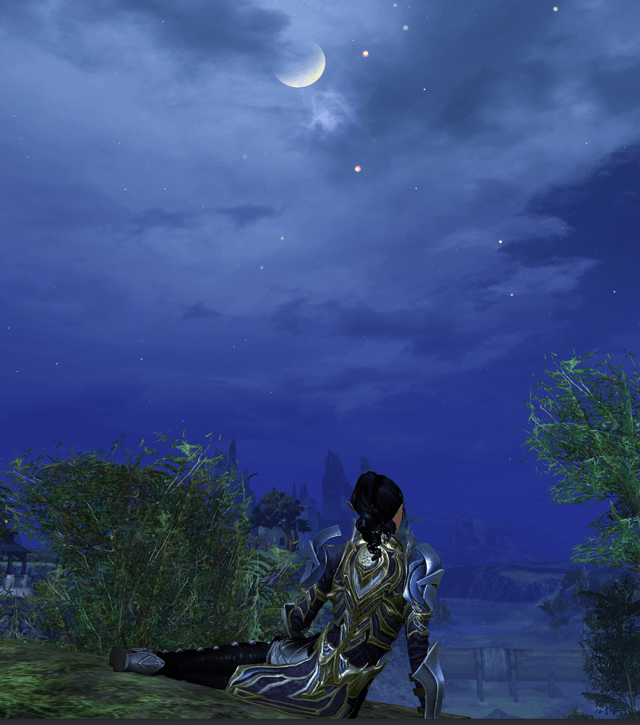
The romance options in this game are a masterclass in character development. They aren't simple "relationship meters" to fill; they are intricate narratives that evolve organically based on your choices and actions. Astarion's romance, for instance, is a slow burn, gradually revealing his vulnerability beneath his charming facade, culminating in the emotionally charged confrontation with Cazador Szarr. Shadowheart's arc, on the other hand, grapples with her faith and the influence of Shar, forcing you to consider the consequences of your support.
Compared to BioWare's Mass Effect or Dragon Age: Origins, Baldur's Gate 3 offers a greater degree of reactivity in its companion relationships. Your decisions have tangible consequences, shaping their personal quests and influencing their overall arc. Choosing to indulge Astarion's predatory nature versus guiding Shadowheart away from Shar will drastically alter their paths and your relationship with them, potentially leading to drastically different outcomes. This level of reactivity elevates the narrative beyond simple dialogue choices and into a realm of genuine consequence.
Graphics: City of Splendors and Visual Grandeur
Baldur's Gate 3 is a visual feast, particularly in Act 3, which takes place in the sprawling metropolis of Baldur's Gate. The character models are incredibly detailed, with nuanced facial animations during dialogue and realistic textures on armor and clothing. You can practically count the individual stitches on the Flaming Fist guards' uniforms and see the wear and tear on the refugees' garments in the Lower City.

The environmental design is equally impressive. The transition from the sun-drenched wilderness of Act 1 to the shadowed lands of Act 2 and finally to the urban labyrinth of Baldur's Gate is seamless and visually striking. Baldur's Gate itself is a masterpiece of environmental storytelling, with the opulence of the Upper City starkly contrasting with the squalor of the Undercity. The lighting, especially in the Lower City at night, is breathtaking, with flickering lanterns casting long shadows down winding alleys.
While the game is visually stunning, there are some noticeable differences in texture quality and polygon count between character models in different acts. Lae'zel's armor in Act 1, while detailed, doesn't quite match the intricacy of the robes worn by members of the Guild in Act 3. Nevertheless, the overall visual fidelity is consistently high, and the attention to detail is remarkable.
PC Performance: Vulkan vs. DirectX and the SSD Showdown
Baldur's Gate 3 offers the option to use either the Vulkan or DirectX 11 API, and the performance difference can be significant depending on your hardware. My testing focused on frame rates (average, minimum, and 1% lows), load times, and overall stability, using both an NVMe SSD (Samsung 980 Pro) and a SATA SSD (Samsung 870 EVO).
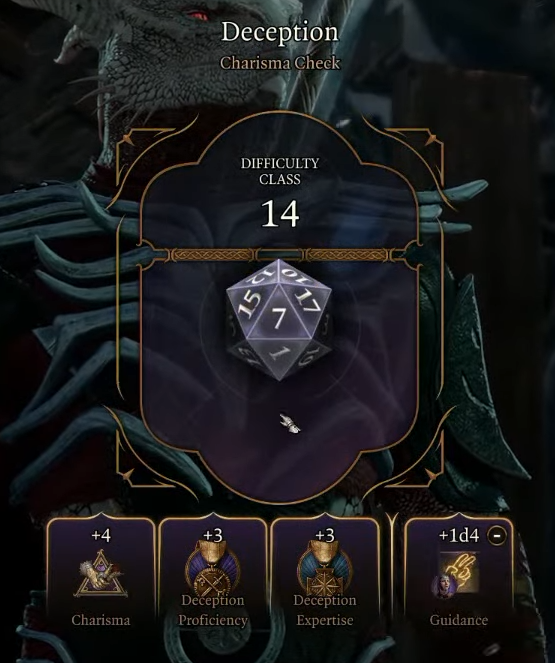
Using a system equipped with an RTX 3070 and 16GB of RAM, I consistently achieved higher average frame rates with the Vulkan API, particularly in the crowded streets of the Lower City. Frame rates were around 10-15% higher using the Vulkan API in these demanding areas.
Storage speed also plays a crucial role. Loading times were significantly faster on the NVMe SSD compared to the SATA SSD. Transitioning between Wyrm's Crossing and the Lower City took approximately 8 seconds on the NVMe drive, compared to 15 seconds on the SATA drive. Furthermore, I noticed occasional stutters and hitches during texture streaming on the SATA SSD when quickly rotating the camera in densely populated areas. The NVMe drive provided a much smoother and more consistent experience.
Overall Experience: Forged in the Crucible of Early Access
Baldur's Gate 3's journey from Early Access to full release is a testament to Larian Studios' commitment to community feedback. The game has undergone significant changes based on player input, resulting in a more polished and refined experience.
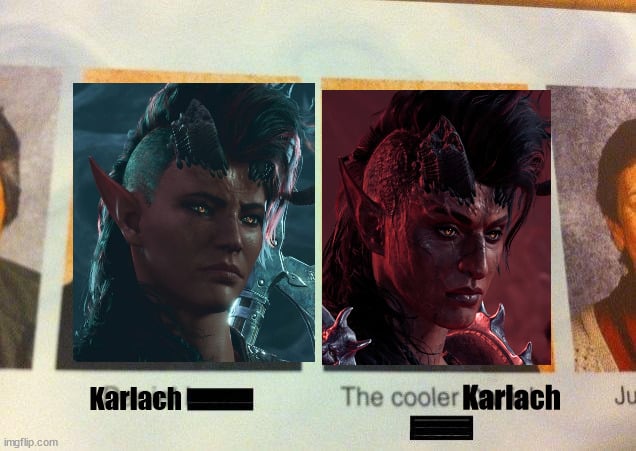
One notable example is the inventory system. The initial Early Access version was clunky and cumbersome, but the full release features a streamlined interface and enhanced organization features that make managing your loot much easier. Combat encounters have also been rebalanced based on community feedback, and the endings have been expanded to provide a more satisfying conclusion to the story.
The game strikes a decent balance between accessibility for newcomers and depth for experienced CRPG players. The tutorial does a reasonable job of introducing the core mechanics of Dungeons & Dragons 5th Edition, and the game provides helpful tooltips and a detailed combat log to assist players in understanding complex rules and making informed decisions. However, the sheer complexity of the ruleset can still be daunting for newcomers.
Larian's active engagement with player suggestions and their willingness to implement changes based on feedback has been crucial to the game's success. Baldur's Gate 3 stands as a prime example of how Early Access can be used to create a truly exceptional gaming experience.
Romance is in the Air (and Under the Moonlight)
Given the complexity and impact romance options have on the game, I thought it deserved a brief, added section. The romanceable companions in Baldur's Gate 3 aren't just stat sticks with pretty faces; they're characters with desires, traumas, and deeply held beliefs. Nurturing a relationship requires understanding, compromise, and, sometimes, a willingness to embrace the unconventional.
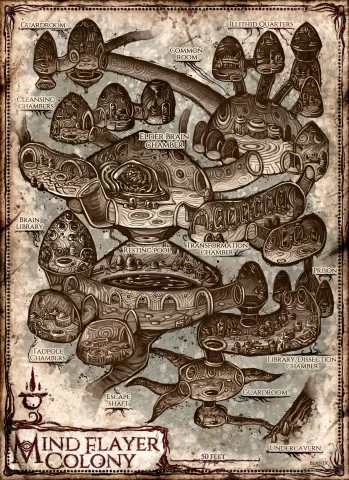
Shadowheart, wrestling with her faith, appreciates acts of kindness and defiance against Shar. Gaining her trust means understanding her past and guiding her towards a brighter future. Astarion, as mentioned, demands a different approach. His initial predatory nature and desire for freedom create a complex dynamic. Supporting his growth and helping him overcome his trauma while also setting boundaries is a delicate balancing act. These aren't just romances; they're character studies intertwined with your own narrative.
The Verdict
Baldur's Gate 3 is a monumental achievement, a CRPG that sets a new standard for player agency, narrative depth, and technical excellence. While the dice roll mechanic may not be for everyone, it adds a layer of unpredictable realism that keeps you engaged. The companion characters are among the most compelling and well-developed in gaming history, and the city of Baldur's Gate is a visual masterpiece. The game runs beautifully on PC, especially with the Vulkan API and a fast SSD.
If you're a PC gaming enthusiast who appreciates strategic gameplay, deep narratives, and technically proficient titles, Baldur's Gate 3 is an absolute must-play. It's a game that will stay with you long after the credits roll, and one that deserves its place among the greats of the CRPG genre. Now if you'll excuse me, I have a vampire spawn to go... counsel.